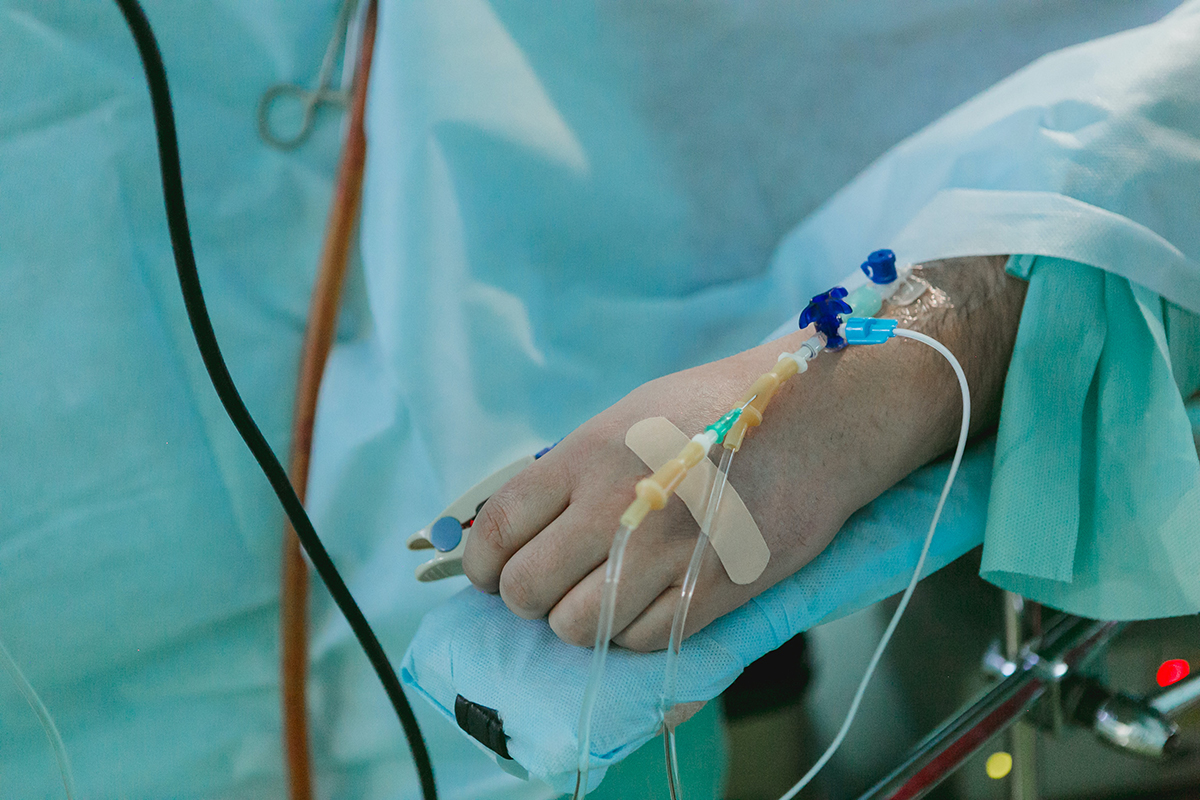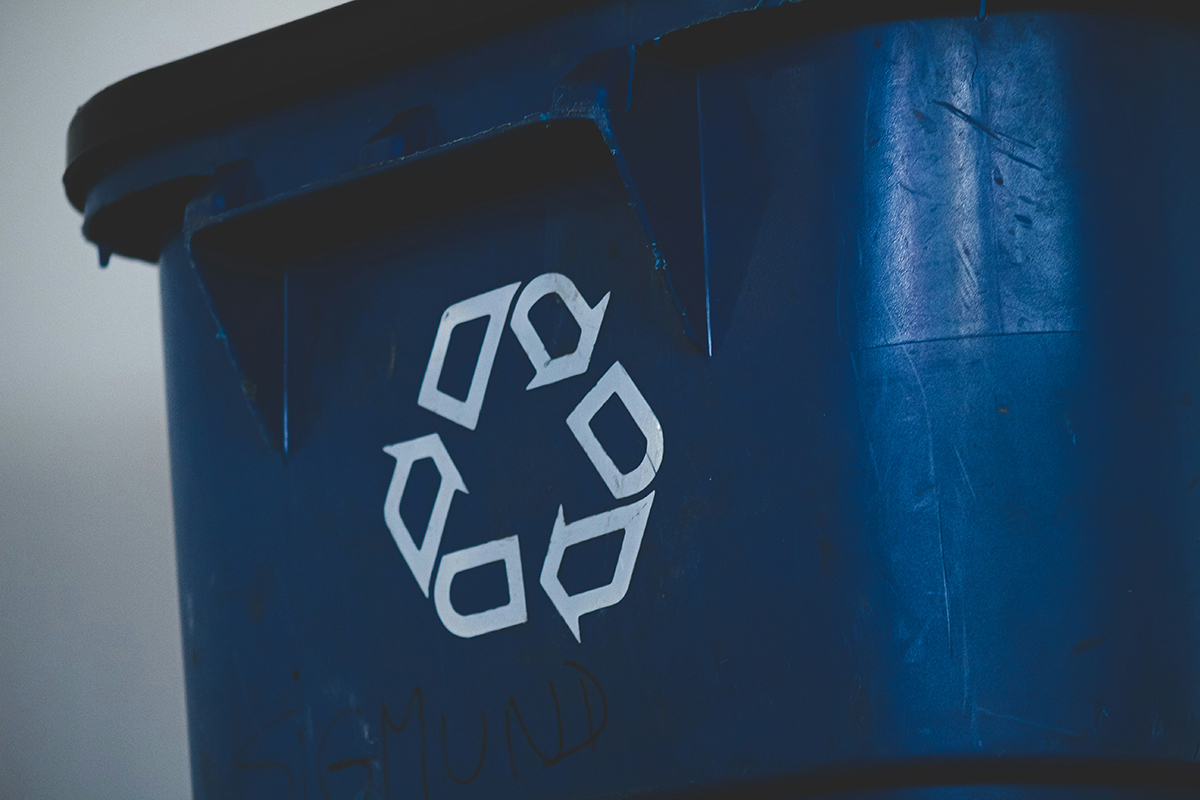Hygiene & Quality
What hygiene risks exist in the textile service industry?
Washing textiles should remove stains, keep textiles fresh, and reduce the risk of infectious agents spreading between people. Infectious substances can be e.g. bacteria, viruses, and fungi that cause disease.
Many laundries receive textiles from environments such as hospitals, nursing homes, and preschools. In these environments, infectious agents occur and the laundry’s task is to ensure that these disappear in the washing process. It is also important that those who work in laundries are not themselves infected by incoming textiles.
Good hygiene and the killing of infectious agents is therefore very important – both for those who work in the laundry and for those who use washed textiles.
How can we contribute to good hygiene and reduced spread of infection in society?
Good hygiene is created through:
- Adapted premises and logistics within the laundry
- Thoughtful routines around the staff’s work clothes, hand hygiene, and personal items

Photo by Mélissa Jeanty on Unsplash
- To maintain good quality of washed textiles, clean and dirty textiles must be kept separate in the laundry.
- Clean and dry textiles must not be stored in a mixed zone.
- Dirty water must be handled so that it cannot splash on clean textiles and textiles that roll on the floor must be washed again.
- There must be clear rules for hygiene within the laundry. The rules must be posted at the laundry so that everyone can read them.
- To reduce the risk of those working in the laundry soiling clean textiles, both work clothes and hands must be hygienic.
- People who work in both dirty and clean areas of the laundry must wear protective clothing or change when changing between these areas, and work clothes must be changed daily.
- There should be clear rules and routines for sanitizing personal items, such as mobile phones, headphones and jewellery.
You are part of something bigger
At Christmas 2018, a major outbreak of VRE, resistant intestinal bacteria, occurred at the Karolinska University Hospital in Stockholm. The bacteria spread to several other hospitals in Sweden. In total, close to 250 patients were affected.
That textiles used in care environments are free from infectious agents is a very important part of preventing similar outbreaks. Here, you who work in the textile service industry contribute every day by following rules and routines regarding hygiene at your workplace.
Image: Unsplash











